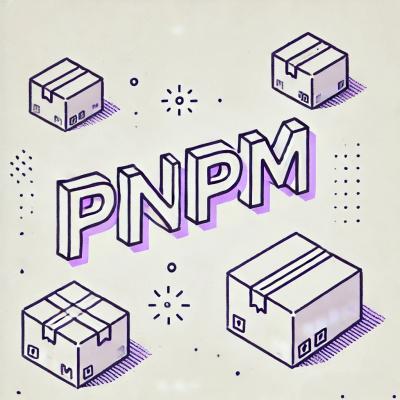CouchDB3
CouchDB3 is a wrapper around the CouchDB API. For more detailed information, please refer to
the documentation.
Disclaimer
Big parts of the documentation (and thus docstrings) have been copied from CouchDB's API's great
official documentation.
Requirements
- Python version
>= 3.7
- CouchDB version
3.x
Installation
Installing via PyPi
pip install couchdb3
Installing via Github
python -m pip install git+https://github.com/n-Vlahovic/couchdb3.git
Installing from source
git clone https://github.com/n-Vlahovic/couchdb3
python -m pip install -e couchdb3
Quickstart
Connecting to a database server
import couchdb3
client = couchdb3.Server(
"http://user:password@127.0.0.1:5984"
)
print(client.up())
user and password can also be passed into the Server constructor as keyword parameters, e.g.
client = couchdb3.Server(
"127.0.0.1:5984",
user="user",
password="password"
)
Both approaches are equivalent, i.e. in both cases the instance's scheme,host,port,user,password will be identical.
Further, clients can be used with context managers:
with couchdb3.Server("http://user:password@127.0.0.1:5984") as client:
...
Getting or creating a database
dbname = "mydb"
db = client.get(dbname) if dbname in client else client.create(dbname)
print(db)
Creating a document
mydoc = {
"_id": "mydoc-id",
"name": "Hello",
"type": "World"
}
print(db.save(mydoc))
Note: Database.save requires the document to have an id (i.e. a key _id),
Database.create does not.
Updating a document
To update an existing document, retrieving the revision is paramount.
In the example below, dbdoc contains the key _rev and the builtin dict.update function is used to update the
document before saving it.
mydoc = {
"_id": "mydoc-id",
"name": "Hello World",
"type": "Hello World"
}
dbdoc = db.get(mydoc["_id"])
dbdoc.update(mydoc)
print(db.save(dbdoc))
Alternatively, one can use Database.rev to fetch the latest revision and overwrite the document
mydoc = {
"_id": "mydoc-id",
"_rev": db.rev("mydoc-id"),
"name": "Hello World",
"type": "Hello World"
}
print(db.save(mydoc))
Deleting a document
To delete a document, the docid and rev are needed
docid = "mydoc-id"
print(db.delete(docid=docid, rev=db.rev(docid)))
Working with partitions
For a partitioned database, the couchdb3.database.Partition class offers a wrapper around partitions (acting similarly
to collections in Mongo).
from couchdb3 import Server, Database, Partition
client: Server = Server(...)
db: Database = client["some-db"]
partition: Partition = db.get_partition("partition_id")
Partition instances append the partition's ID the document IDs (partition-id:doc-id) for a simpler user interaction,
e.g.
doc_id = "test-id"
print(doc_id in partition)
rev = partition.rev(doc_id)
partition.save({
"_id": doc_id,
"_rev": rev,
...
})
The partition ID will only be appended provided document IDs do not start with partition-id, e.g. the following will
work and be equivalent to the previous example
doc_id = "partition_id:test-id"
print(doc_id in partition)
rev = partition.rev(doc_id)
partition.save({
"_id": doc_id,
"_rev": rev,
...
})



